Not all solutions to modern problems require the latest smart gadget or app—sometimes, the fix is hiding in plain sight. In fact, many of today’s everyday hassles have already been solved by appliances we’ve simply forgotten or pushed to the back of the cabinet. From quirky contraptions to surprisingly efficient tools, these old-school devices are making a quiet comeback. Here are 14 overlooked appliances that might just deserve a second look in today’s fast-paced world.
1. Percolator Coffee Makers

Percolator coffee makers offer a simple, energy-efficient way to brew robust coffee. Unlike modern drip coffee machines, percolators use stovetop or fire heat to cycle water through coffee grounds, producing a rich and aromatic brew. These devices are particularly popular among outdoor enthusiasts, as they can be used on camping trips or in off-grid settings. According to Serious Eats, percolators have seen a resurgence in popularity due to their ability to create a bold, full-bodied flavor that many coffee lovers miss in modern machines.
They are also easy to clean, durable, and compact, making them a practical choice for small kitchens or minimalist households. Beyond their functionality, percolators bring a nostalgic charm to the brewing process, encouraging users to slow down and savor their coffee rituals. Modern designs often feature heat-resistant handles and glass knobs, blending traditional aesthetics with contemporary convenience. For those looking to simplify their coffee-making routine or reduce their reliance on electric appliances, percolator coffee makers offer an excellent solution.
2. Butter Churns
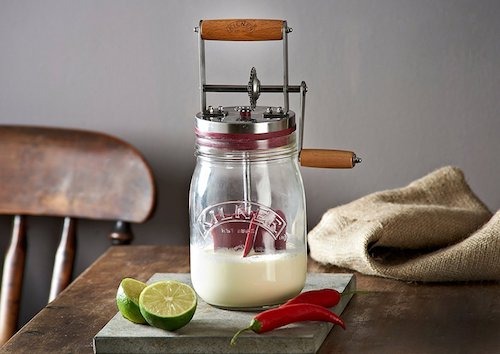
Butter churns, once essential for producing homemade butter, are finding a niche in the farm-to-table and DIY movements. These devices allow users to create fresh, preservative-free butter using simple ingredients and a bit of elbow grease. The process of churning butter not only connects users with traditional methods of food preparation but also offers a rewarding, hands-on experience. As Modern Farmer notes, butter churns have a long history, and they’re increasingly popular among families interested in sustainable and self-sufficient living.
Modern versions often feature streamlined designs and durable materials, making the process easier and more efficient. Homemade butter produced with a churn is often richer and more flavorful than store-bought varieties, appealing to food enthusiasts and culinary purists alike. In addition to butter, churns can also be used to make other dairy products like buttermilk and cream. For those seeking a unique way to engage with their food and reduce reliance on processed products, butter churns offer a delightful, practical solution.
3. Rotary Telephones
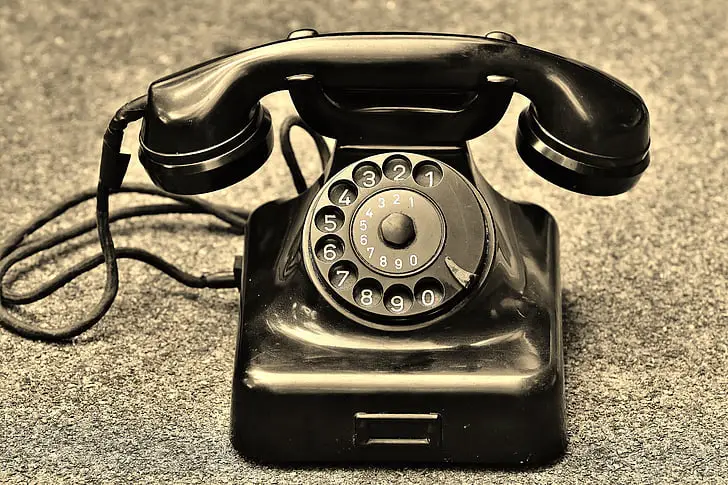
Rotary telephones, with their vintage charm, represent an era when communication was simple yet reliable. Unlike modern smartphones or cordless phones, rotary telephones do not require batteries or frequent charging, relying solely on a landline connection to function. This makes them particularly useful in emergencies where power outages or mobile network failures occur. Despite their old-fashioned design, rotary phones offer consistent and dependable communication.
According to Smithsonian Magazine, there has been a renewed interest in these devices as nostalgic decor pieces and even methods to process grief. Their durability and simplicity ensure they can last for decades with minimal maintenance. For those looking to embrace a retro aesthetic or enjoy a backup communication option, rotary phones are a worthwhile investment. They also serve as a reminder of a less digitally dependent time, encouraging mindfulness and simplicity in daily life. Modern reinterpretations could even integrate some basic modern features while retaining the iconic dial mechanism, blending practicality with nostalgia.
4. Wood-Burning Stoves
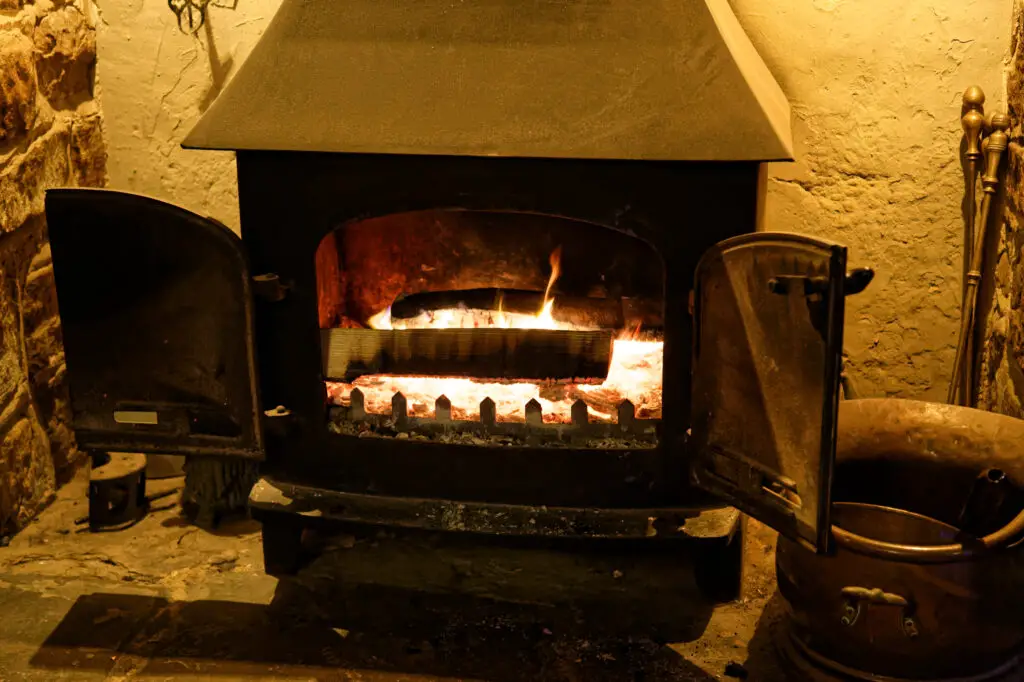
Wood-burning stoves have long been valued for their dual-purpose functionality in heating and cooking. These stoves are incredibly versatile, capable of warming homes during cold months while also providing a reliable way to prepare meals. With rising energy costs and growing interest in sustainable living, wood-burning stoves are experiencing renewed attention. According to Forge & Flame, they are an efficient, off-grid heating solution for homes in rural or remote areas.
Modern wood-burning stoves often include features like catalytic combustors and airtight designs, improving efficiency while reducing emissions. In addition to their practicality, they offer a cozy ambiance, making them a charming addition to any home. For those seeking energy independence, these stoves provide an excellent alternative to electric or gas-powered heating systems. With proper use and sustainable wood sourcing, they can also be an environmentally friendly choice. The enduring appeal of wood-burning stoves lies in their combination of functionality, sustainability, and rustic charm.
5. Foot-Pedal Sewing Machines
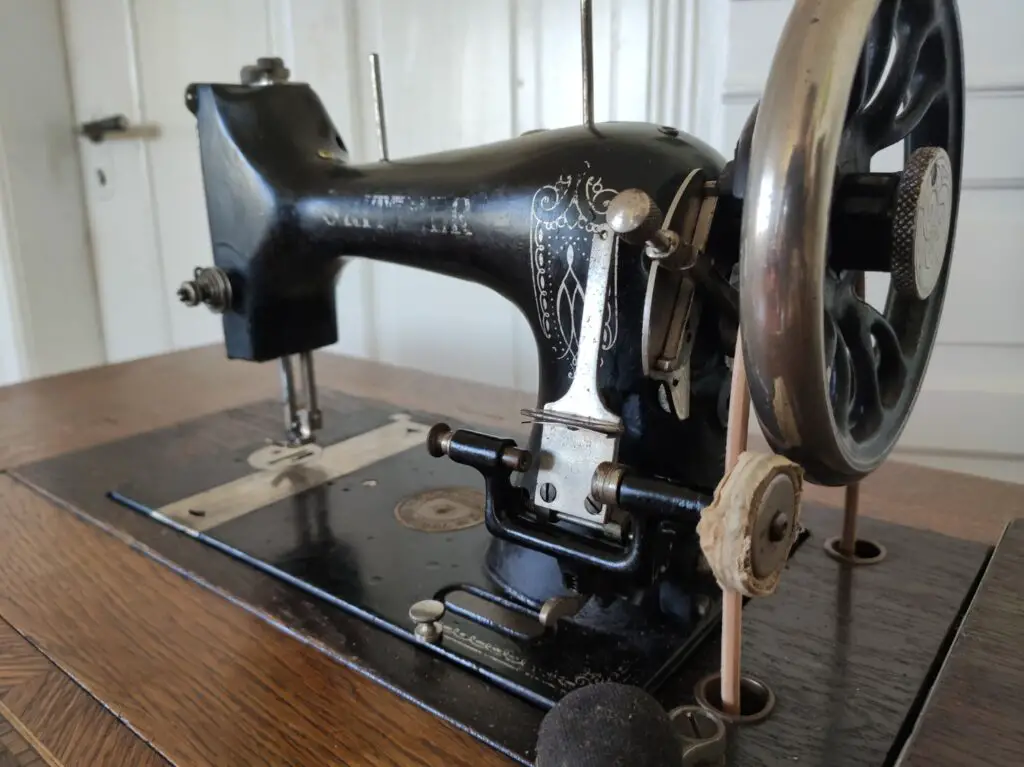
Foot-pedal sewing machines, once an essential household tool, operate entirely without electricity. These machines allow users to sew and mend clothes with the simple power of their feet, making them an ideal choice for off-grid living or sustainable fashion enthusiasts. In today’s world of fast fashion, foot-pedal sewing machines offer a practical way to embrace the growing trend of DIY fashion and garment repair. According to Craft Industry Alliance, these machines are also incredibly durable, often lasting generations with some simple maintenance. They encourage creativity and self-sufficiency, empowering individuals to create custom clothing and accessories.
Additionally, foot-pedal machines are quiet to operate and provide a tactile, hands-on experience that many modern sewing enthusiasts find rewarding. Modern versions could incorporate ergonomic designs to enhance comfort and usability, while still retaining their timeless charm. By revisiting this classic tool, users can embrace sustainability and reduce their reliance on energy-intensive appliances. Foot-pedal sewing machines are a testament to the enduring value of manual craftsmanship in a technology-driven world.
6. Non-Electric Food Mills

Non-electric food mills are practical, versatile tools for processing fruits, vegetables, and other foods into smooth purees and sauces. Before electric blenders and processors, these hand-operated devices were staples in kitchens worldwide. Today, they remain a valuable option for those interested in preserving seasonal produce, making baby food, or preparing fresh sauces and soups. Food mills are highly effective for removing seeds, skins, and fibers from fruits and vegetables, resulting in perfectly textured dishes. Their manual operation means they require no electricity, making them ideal for off-grid cooking or sustainable food preparation.
Food mills are also easy to clean and store, adding to their appeal for minimalist households. Modern versions often include interchangeable discs for varying levels of texture, providing more control over the final product. For home cooks looking to reduce their reliance on electric appliances, non-electric food mills offer a practical and eco-friendly solution. These simple yet effective tools demonstrate the enduring value of traditional kitchen equipment.
7. Manual Washboards
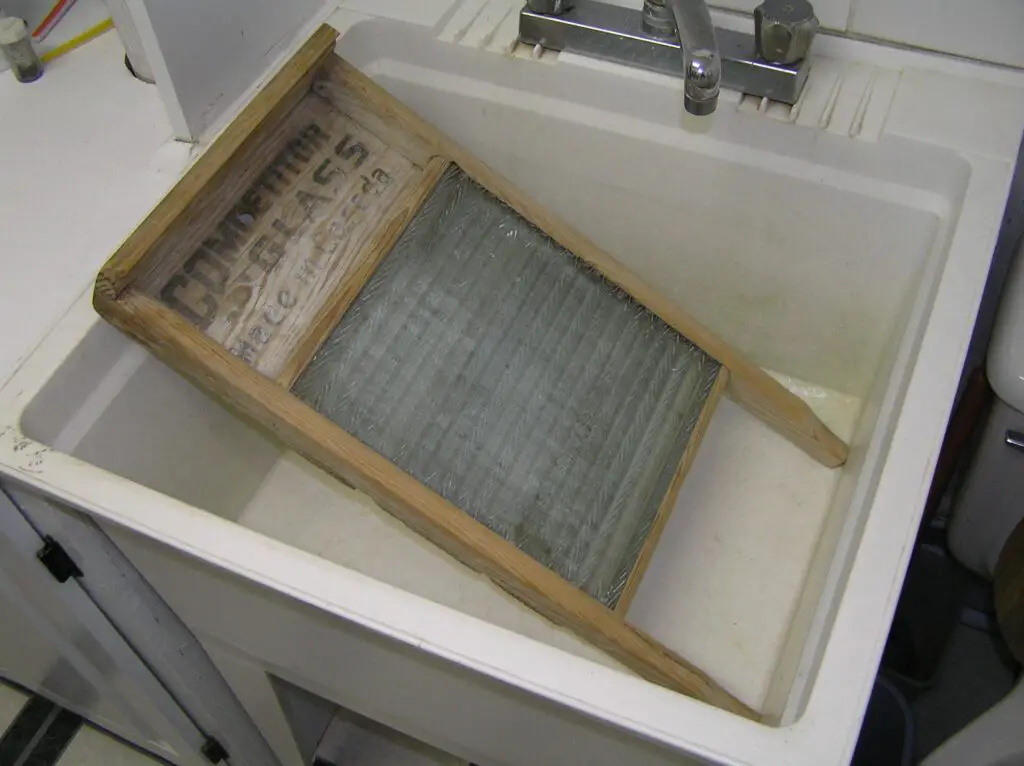
Manual washboards, though a relic of the past, are gaining renewed interest for their eco-friendly and minimalist appeal. These simple tools allow users to clean clothes without electricity, making them ideal for off-grid living, emergency preparedness, or eco-conscious households. Using a washboard requires physical effort, but the process is straightforward and highly effective for removing stains and grime. Washboards are increasingly popular among those seeking a little musical fun, but they are also sustainable alternatives to energy-intensive washing machines. They provide a sense of self-reliance and nostalgia, harkening back to an era of simpler living.
Modern designs often feature lightweight materials and ergonomic handles to make the process more comfortable and efficient. In addition to saving energy, washboards use significantly less water than traditional machines, making them a sustainable choice for conserving resources. They are also portable, allowing users to clean clothes anywhere, from campgrounds to remote areas. By embracing this timeless tool, households can reduce their environmental footprint while reconnecting with traditional, hands-on methods of laundry care.
8. Coal Irons
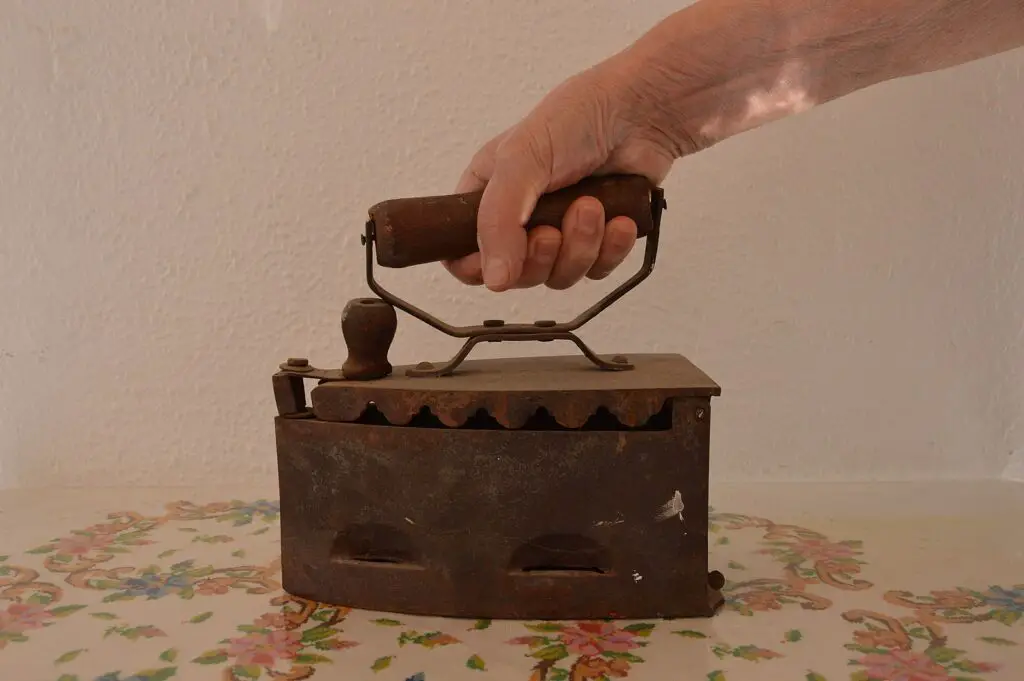
Coal irons, which rely on heated coals to press clothes, were a common household tool before the advent of electric irons. Though less convenient than modern alternatives, they remain a practical option for off-grid living or remote areas without reliable electricity. Using a coal iron involves placing hot coals inside the iron’s compartment, where they provide the heat necessary to smooth fabric. Today, they offer a fascinating glimpse into the history of domestic tools while still serving a functional purpose for certain lifestyles.
Coal irons are particularly useful for emergency preparedness, as they do not depend on electricity and can be operated anywhere with access to fire. While they may not replace electric irons for most households, they are a reliable backup for those seeking energy independence. Modern designs could incorporate lightweight materials and ergonomic handles to improve usability, ensuring this timeless tool remains relevant in contemporary settings.
9. Meat Safes

Before the advent of electric refrigerators, meat safes were a clever solution for keeping food fresh. These ventilated cabinets, often made from wood and metal mesh, allowed for airflow while protecting meat from pests. Though largely replaced by modern refrigeration, meat safes are regaining attention as a low-energy alternative for short-term food storage.
They are particularly useful in off-grid homes, during power outages, or for households interested in experimenting with traditional preservation methods. In addition to their functionality, meat safes have a rustic aesthetic that appeals to those who value vintage or farmhouse-style decor. New designs often incorporate materials like stainless steel and durable woods to enhance durability and hygiene. For eco-conscious households, a meat safe offers an innovative way to store food while reducing dependence on electricity.
10. Solar Ovens
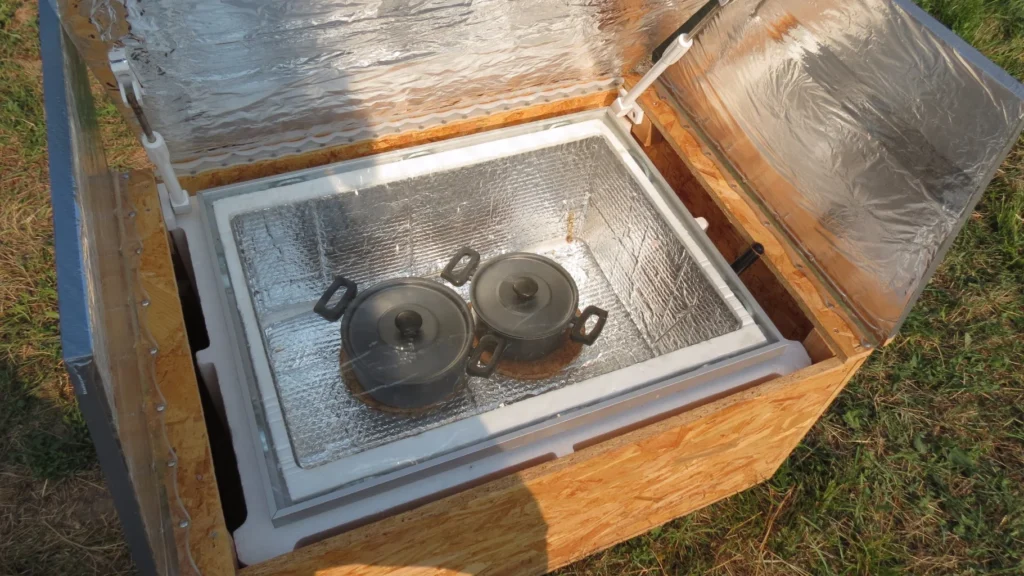
Solar ovens, which use the power of the sun to cook food, represent one of the most sustainable tools for modern households. These devices harness renewable energy, making them an excellent choice for sunny climates or areas with limited access to electricity. Solar ovens are perfect for outdoor cooking, camping trips, and emergency preparedness, providing a reliable alternative to traditional stoves or ovens. Solar ovens are highly efficient, capable of reaching temperatures sufficient to bake, roast, or boil food. They are also eco-friendly, producing no emissions and requiring no fuel beyond sunlight.
Modern designs include insulated materials and reflective panels to maximize heat retention and cooking efficiency. In addition to their environmental benefits, solar ovens offer a safe and cost-effective way to prepare meals, especially in off-grid settings. As interest in renewable energy continues to grow, solar ovens are becoming a popular choice for those seeking sustainable and innovative cooking solutions.
11. Carpet Sweepers
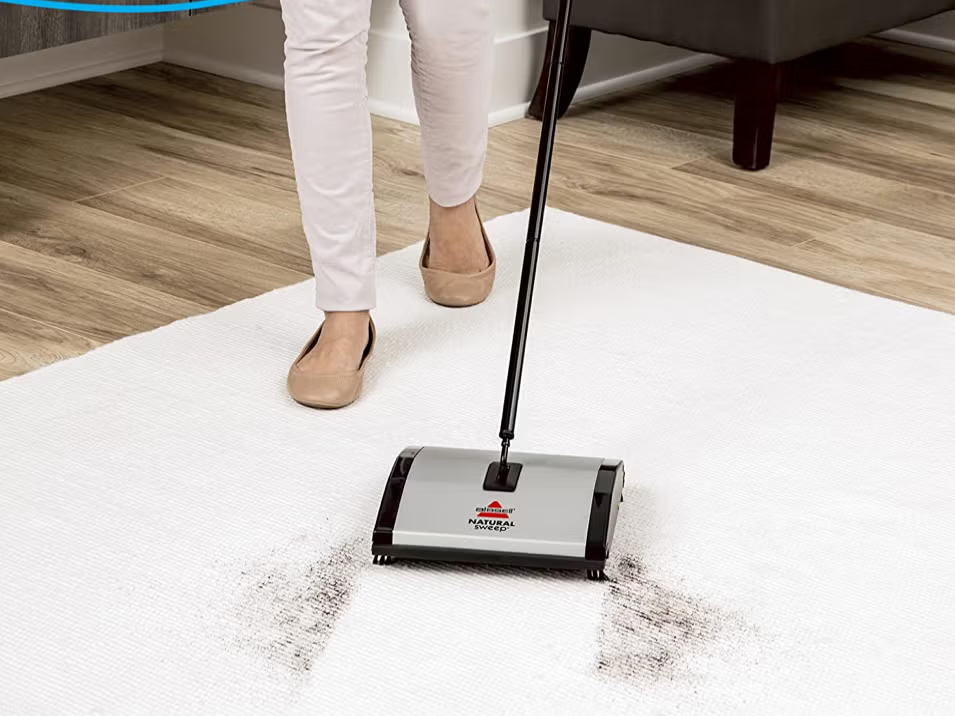
Carpet sweepers are simple, non-electric devices that clean floors using rotating brushes to capture dust and debris. Lightweight and easy to use, they provide an eco-friendly alternative to vacuum cleaners, especially for small messes or low-traffic areas. Carpet sweepers are also quiet, making them ideal for use in households with young children, pets, or sensitive individuals. Many modern versions feature advanced brush technology and durable construction, improving their effectiveness and longevity. They are particularly useful for quick clean-ups, eliminating the need to drag out a bulky vacuum cleaner.
Carpet sweepers are also compact and easy to store, making them perfect for small apartments or minimalist homes. Their energy-free operation aligns with the growing trend toward sustainability, providing a practical and eco-conscious cleaning solution. For those looking to simplify their cleaning routine while reducing energy use, carpet sweepers remain a timeless and effective choice.
12. Root Cellars
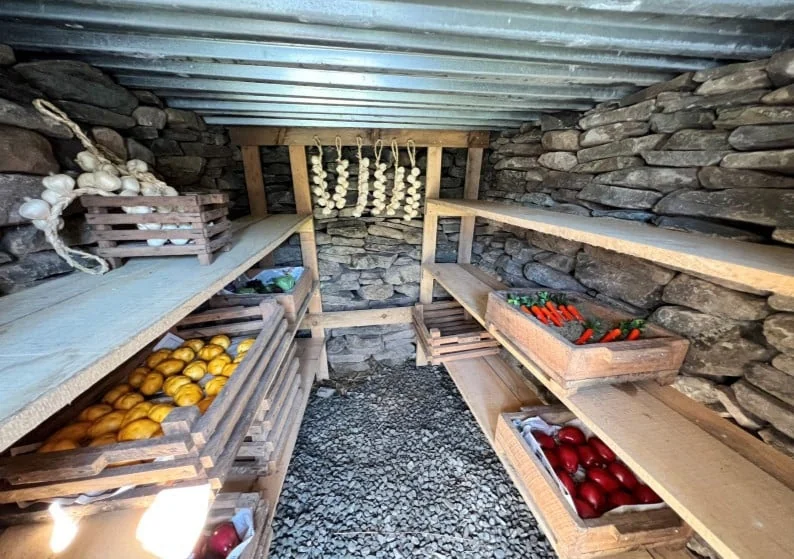
Root cellars, once a common feature in homes, are making a comeback as households look for sustainable food storage methods. These underground storage spaces use natural insulation to keep vegetables, fruits, and preserves fresh for months without electricity. In an age of increasing food insecurity and climate change, root cellars offer a practical way to reduce reliance on energy-intensive refrigeration.
Contemporary root cellars can be easily adapted for today’s homes, incorporating updated materials and ventilation systems. They are particularly useful for storing crops like potatoes, onions, and apples, which require cool, dark, and humid environments to stay fresh. Root cellars also encourage seasonal eating and food preservation, aligning with the farm-to-table movement. In addition to their practicality, they offer a sense of self-sufficiency and connection to traditional methods of food storage. As more households seek eco-friendly and cost-effective solutions, root cellars are becoming an essential component of sustainable living.
13. Hand-Crank Mixers
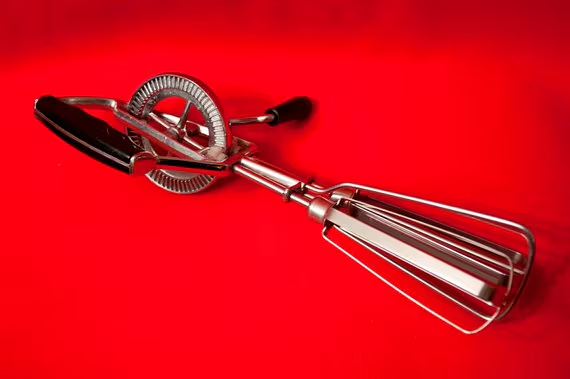
Hand-crank mixers were a common kitchen tool before the widespread adoption of electric appliances, providing an effective, manual way to mix batters and doughs. These mixers are simple in design and require no electricity, making them ideal for eco-conscious bakers or those in areas with unreliable power sources. They offer an opportunity to enjoy baking with a tactile, hands-on approach while reducing energy consumption.
Their resurgence aligns with the growing trend toward sustainable living and a return to simpler, less resource-intensive tools. For people who value the satisfaction of traditional methods or enjoy DIY projects, these mixers can make cooking a more mindful and rewarding experience. Modern interpretations of the hand-crank mixer could incorporate ergonomic designs and lightweight materials, making them even more appealing for contemporary use. By reviving this classic tool, bakers can embrace sustainability while continuing to create homemade treats with ease.
14. Icebox Refrigerators

Before electric refrigerators became household staples, iceboxes kept food fresh using large blocks of ice. These early refrigeration systems relied on insulation to maintain a cold environment, offering an energy-free way to store perishables. Today, with growing interest in eco-friendly living, modern iceboxes could make a comeback as a sustainable alternative for food storage. Not only do they reduce energy consumption, but they also serve as an excellent backup during power outages or in off-grid settings.
Some innovative designs already combine traditional icebox principles with modern materials to maximize efficiency. Iceboxes can also inspire a deeper understanding of food preservation techniques, encouraging households to minimize waste. Their simple, timeless design offers both functionality and aesthetic charm, making them an appealing addition to environmentally conscious kitchens. While they may not replace electric refrigerators entirely, they represent a step toward reducing reliance on energy-intensive appliances. For those looking to reduce their carbon footprint, a modern take on the icebox could be an excellent solution.
